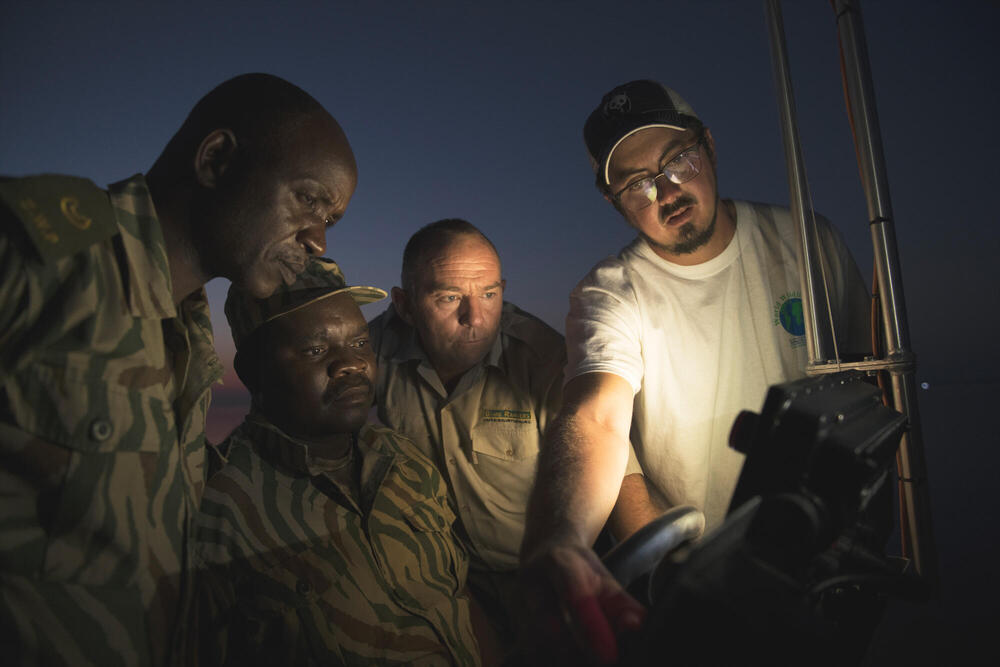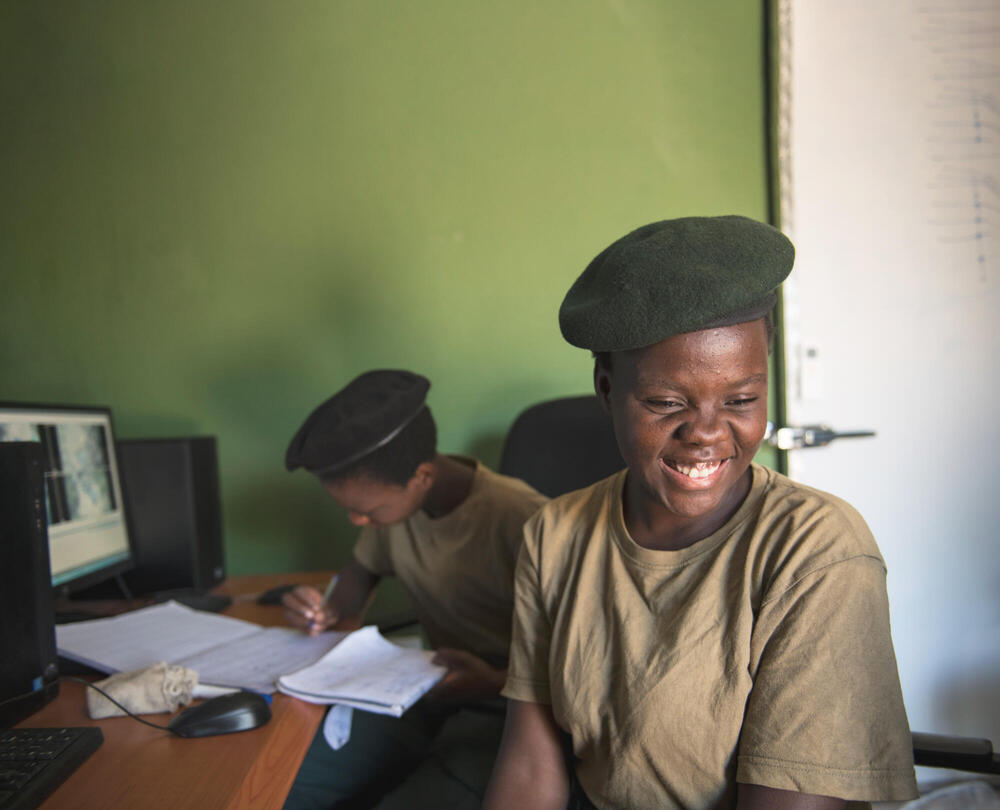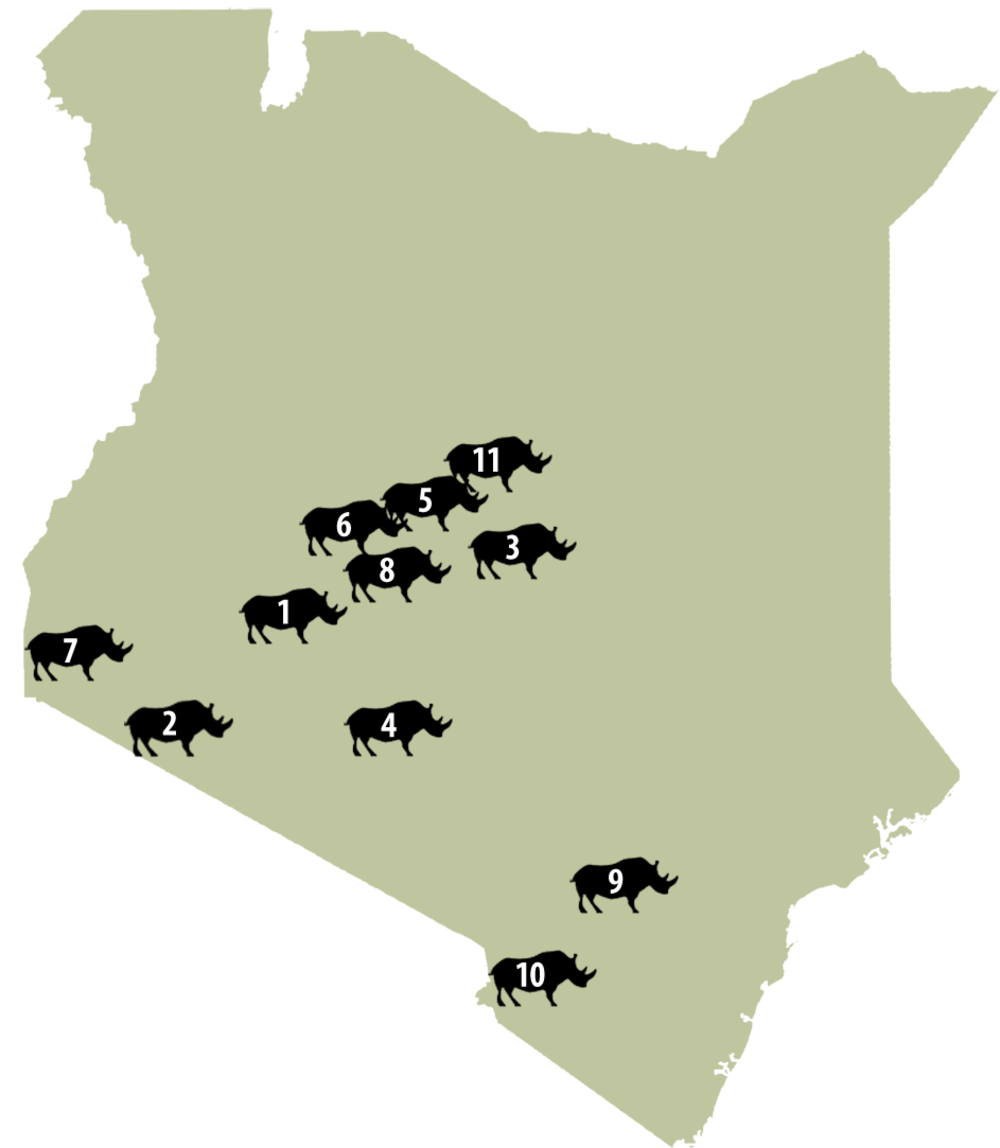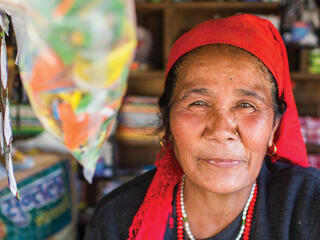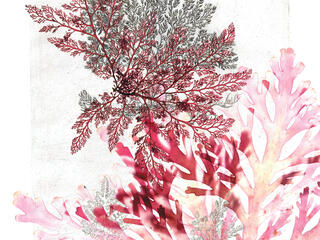Today, Patricia Mweetwa manually reviews videos and data, but the machines will eventually take over much of the work. They are programmed to identify and categorize incursions recorded by the cameras, can tell canoes from motorboats, and are learning all the time. Soon, they will be able to send an automated alert to rangers when they record suspicious movements or identify people in trouble on the lake. Initially these alerts will go to the control room, but in time they could go directly to patrols, along with GPS coordinates of the possible illegal incursions, adding a layer of transparency to the project and helping to maximize the impact a small force of rangers can have.
Cayla Yang, Cisco’s lead for conservation partnerships and engagements, likes this aspect of the effort. “One of the things we’re most proud of is not just the technology, but the impact it’s having on the rangers and the people who live nearby,” she says.
“The biggest deal about leveraging the internet of things is that everything goes into the server at the control room, where it can be processed, analyzed, and presented to the rangers in a unified way,” adds Becker. In addition to catching poachers, rangers can do things like work with collared elephants; they can program the system to send an alert if one strays outside the park and potentially help mitigate human-elephant conflict. And soon, rangers will connect to the system with their smartphones to view the camera feeds and receive automatic alerts.
“We’ve set up the infrastructure to allow for all kinds of future integration,” says Becker. He can watch the cameras from his home in Florida and can troubleshoot many problems remotely, working with the WWF-Zambia office and local technicians.
While Becker labors on in the 100°F heat (a cable has burned out and he needs to find a work-around), WWF-Zambia geographer Brian Chilambe talks about the lake’s islands—isolated outposts that magnify the beauty of the park but also its harsh conditions. Wild and hard to reach, the islands where towers have been built are crucial links in the technology chain. Pan tilt cameras on the towers can scan 360 degrees and cover a diameter of almost 4 miles.
Adding range, reliability, and remote sensing to protection efforts means that park rangers will face less risk as they find and stop poachers, that more fish will be available to law-abiding fishers, and that those fishers—if they get into trouble—can be found and helped. “Conservation should protect the value of all life, including human life,” says Chilambe. “The cameras help achieve that.”

